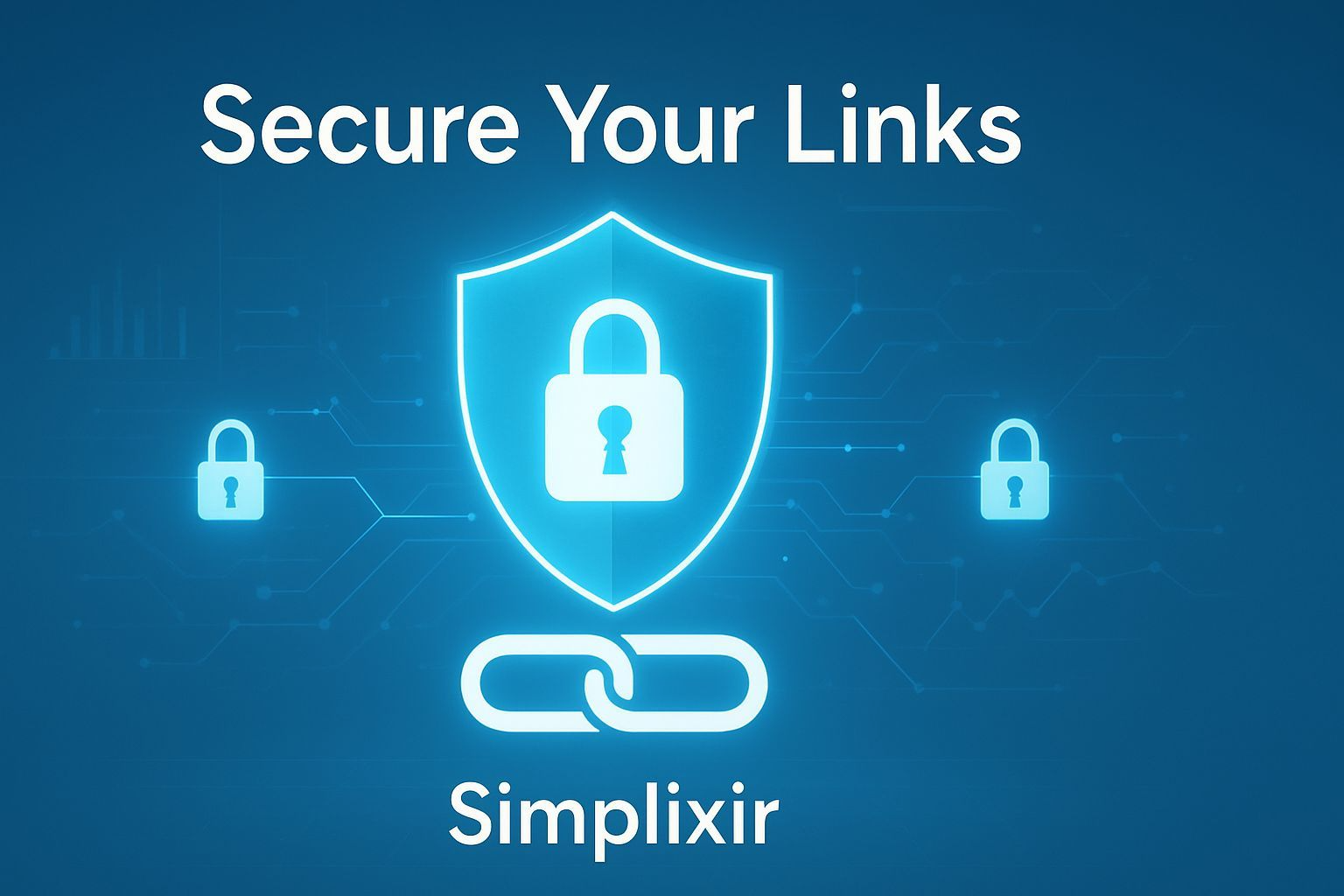
URL shorteners make links look clean, professional, and easy to share — but not all short links are safe. In recent years, cybercriminals have increasingly used shortened URLs for phishing, spam, and malicious redirects.
That’s why security in link shortening has become more important than ever. Whether you’re a marketer, creator, or business owner, understanding how to use short links safely is key to protecting your audience and your brand.
The Hidden Risks of Shortened Links
While short links are convenient, they also hide the real destination, which can be exploited. Here are the main risks:
Phishing attacks: Malicious actors disguise harmful URLs as trustworthy short links.
Data tracking abuse: Some services collect user data without consent.
Redirect hijacking: Unsafe servers or third-party scripts can alter where the link leads.
Reputation damage: If your brand’s links are flagged as unsafe, it can harm trust permanently.
That’s why choosing a secure, transparent, and trusted link shortener matters.
How to Identify a Secure Link Shortener
Before using any link shortening tool, check for these features:
✅ HTTPS encryption: Protects both the link and user data during redirection.
✅ Malware and phishing detection: Automatically blocks harmful destinations.
✅ Custom domains: Branded short links build trust and prevent spoofing.
✅ Analytics transparency: You control your data and insights.
✅ GDPR-compliant privacy policies: Essential for global marketing.
A secure link shortener not only protects users — it also builds credibility for your business.
Best Practices to Keep Your Short Links Safe
Here are a few ways to strengthen your link security strategy:
Use branded short domains
Instead of generic shorteners (like bit.ly/abc), use your own brand (like yourbrand.link/offer). This increases trust and reduces the risk of impersonation.Monitor link analytics regularly
Keep an eye out for unusual spikes or suspicious traffic sources.Avoid sharing short links from unknown sources
Always verify where a link leads before sharing it with your audience.Use password protection for private links
For sensitive or internal campaigns, add an extra layer of access control.Keep your shortening platform updated
Regular updates ensure the latest security measures are active.
How Simplixir Keeps Your Links Safe
At Simplixir, we built security into every link by design.
Here’s how we protect your brand and your audience:
All links are SSL-encrypted (HTTPS) by default.
Real-time monitoring prevents malicious redirects.
Branded domain support for maximum trust.
Transparent analytics with no hidden data collection.
Fully GDPR-compliant infrastructure.
You focus on growing your campaigns — Simplixir ensures your links stay safe.
Conclusion
In 2025, link security is no longer optional — it’s essential. Whether you’re sharing a product, promotion, or portfolio, using a trusted, secure shortener protects both your reputation and your users.
With Simplixir, you can shorten, track, and share links with confidence — knowing your brand and audience are fully protected.
👉 Start securing your links today at simplixir.com
✅ Keywords: link shortener security, safe short links, phishing protection, branded URLs, Simplixir